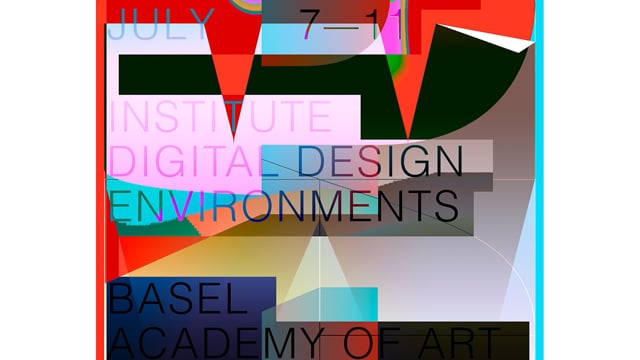Poster Design
Workshop Poster Design at the Institute Digital Communication Environments (IDCE)
Key data
- ECTS points
- 2 ECTS
- Next start
- 7 July 2025
- Duration
- 1 week
- Final application date
- Mon, 9.6.2025
- School days
- 5
- Teaching language
- English
- Place
- Basel
- Price
- CHF 900.–
- Studying type
- Fulltime
Mobile navi goes here!
Everyone realizes whether a poster is outstanding immediately upon seeing it: its visual appeal, the stringency of its content, a surprising punch line, its topicality and individuality convince us in an instant.
But how can we design such a mind-blowing poster ourselves? A poster is a large, two-dimensional surface with a fascinating illusion of colour and form, movement, space, and perspective. Its design will have to correspond to many different aspects: a key concept and an existing corporate identity, for instance. It will have to be recognizable, understandable, original, and project an independent artistic expression.
Right at the beginning of the workshop, we shall enter an inspired, creative flow and develop such a work by means of playful, experimental design techniques and a sharply analytical eye, discovering that there are virtually no limits to the possibilities of good design!
In input sessions (a visit to an outstanding design studio, a visit to the Basel Poster Collection, plus insights into my own collection of exclusive screen-printed posters), we shall place the iconic Swiss poster culture in a current, contemporary context and explore what excellent poster design means in 2023. For all this, we have time, motivation, and a perfect setting at our disposal – so let's get to it!

No social media links available.




